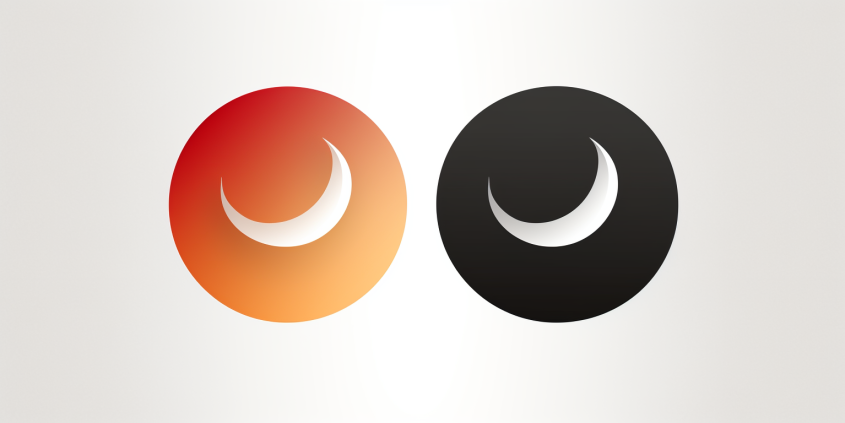In the digital age, a compelling and memorable logo is a crucial element for any business or brand seeking to establish a strong online presence. With the advent of online tools and ever-evolving design trends, the process of logo design has become more accessible, dynamic, and exciting than ever before. This article will explore the impact of digitalization on logo design, highlight popular online tools, and discuss emerging trends in the world of logo design. Looking for a quick and easy logo solution? Try our free online logo generator!
The Digital Revolution and Logo Design
The digital revolution has revolutionized the world of logo design in several significant ways:
- Accessibility: Gone are the days when logo design was a privilege of established businesses with substantial budgets. With online tools and design software, virtually anyone can create a professional-looking logo, making it easier for startups and small businesses to compete in the market.
- Global Reach: Digitalization has provided businesses with the opportunity to reach a global audience. A well-designed logo transcends language barriers, making it a powerful tool for brand recognition worldwide.
- Iterative Design: Digital platforms allow for quick and easy iterations. Designers can experiment with different ideas, colors, and styles without wasting resources on physical prototypes.
Popular Online Logo Design Tools
A variety of online tools have emerged to cater to the growing demand for logo design in the digital age. These tools offer user-friendly interfaces, customizable templates, and robust features, making logo creation more accessible to non-designers. Some popular options include:
- Turbologo: Turbologo is a versatile graphic design platform that offers a wide range of customizable templates for logo design. Users can choose from a vast library of fonts, icons, and graphics to create a logo that suits their brand identity.
- Looka (formerly Logojoy): Looka uses AI-powered algorithms to generate logo ideas based on user preferences. It provides a quick and easy way for businesses to explore logo options without the need for in-depth design skills.
- Adobe Illustrator: While not a purely online tool, Adobe Illustrator remains a go-to software for professional logo designers. Its extensive features, vector capabilities, and precision make it an industry standard.
Emerging Logo Design Trends
As technology advances, logo design trends continue to evolve. Here are some emerging trends to watch out for:
- Minimalism: Minimalistic logos with clean lines and simple shapes are on the rise. They convey a sense of sophistication and clarity, making them perfect for digital platforms where space is limited.
- Responsive Logos: With the proliferation of mobile devices, responsive logos are gaining popularity. These logos adapt to different screen sizes, ensuring consistent branding across all devices.
- Dynamic Logos: Some brands are experimenting with dynamic logos that change or animate in response to user interactions. These logos create a memorable and engaging online experience.
- Sustainability and Authenticity: As environmental concerns grow, logos that convey sustainability and authenticity are becoming more prevalent. These logos often use earthy colors, natural elements, and hand-drawn designs.
Conclusion
Logo design in the digital age has been transformed by online tools and evolving trends. The accessibility of design software, global reach through the internet, and the ability to iterate quickly have opened up new opportunities for businesses of all sizes. As technology continues to advance, it is essential for brands to stay updated with the latest design trends and tools to create logos that resonate with their target audience in the digital landscape. A well-designed logo remains a cornerstone of successful online branding.


